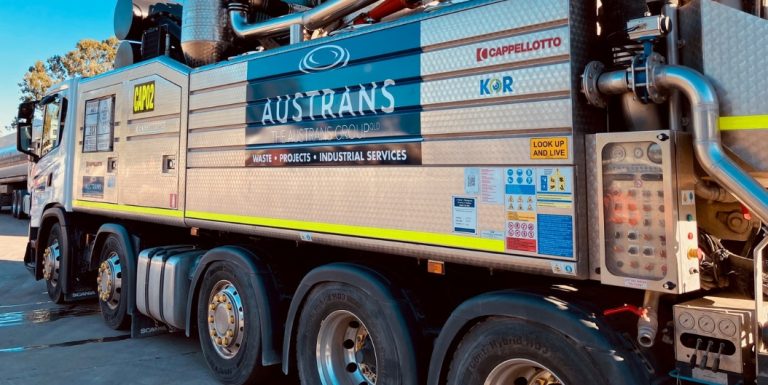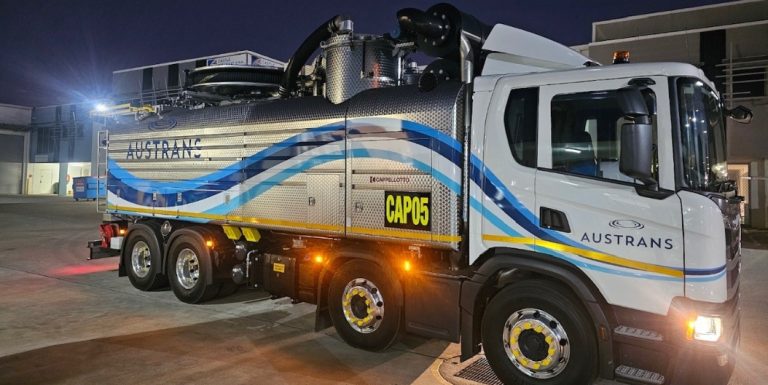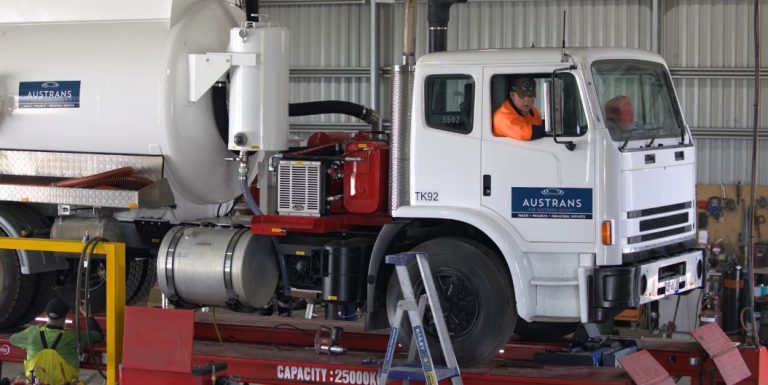What Is A Circular Economy And Why Waste Matters
The concept of a circle is a fitting analogy for a circular economy. When waste is discarded, it forms a linear path that begins and ends. However, if the waste is repurposed through methods such as refurbishing, recycling, or redesigning, it becomes a part of a circle. This means that the materials used to create a product can continue to be used for another purpose even after the product has reached the end of its lifespan.
Why waste matters
Waste is a social, ethical, economic, and environmental issue that results from almost everything we do. Our consumption habits, purchasing choices, and disposal practices are part of the problem. We must take steps to reduce waste and create a positive impact on our environment. We can achieve this by:
- Consuming less and being mindful of what we buy and throw away
- Choosing high-quality, long-lasting products to extend their lifespan
- Reusing and repurposing items instead of throwing them away
- Recycling to conserve resources and reduce landfill waste.
What changes are needed to create a circular economy?
To create a more sustainable and circular world, there needs to be a fundamental shift in how we design, produce, and consume goods. This means that everyone from consumers and businesses to politicians must change how they operate.
Here are some of the key shifts that could make a circular economy a reality:
Design
A circular economy requires products to be designed so that they can be easily recycled, disassembled, or repurposed. This could mean designing products with fewer raw materials or designing equipment with serviceability, modularity, and refurbishment in mind. From getting solar to recycling waste, there’s so many ways we can make changes both big and small.
Australian companies are leading the way by transforming commercial and household waste into furniture, decking, fencing, and road and rail infrastructure. The Australian government is also increasing its purchase of products with recycled content to create a demand for recycled materials.
Business models
Alternative approaches to business are emerging that embed sustainability into the way business is conducted.
New metrics and shared data
Hard-to-abate industries, such as construction, can benefit from better data on the availability of materials for reuse. This can help slash emissions and protect biodiversity. Shared knowledge within the industry will make it easier for companies to choose the right resources.
Policies, laws, and incentives
Governments can play a key role in creating incentives for businesses and communities to build more circular habits. Australia is already taking steps in this direction by backing schemes to modernise and transform waste management under the National Waste Policy Action Plan.
By making these shifts, we can move toward a more circular economy where waste is minimised, resources are conserved, and the environment is protected.
Waste is a valuable resource, and by using it wisely, we can make a positive impact on our environment and create a better world for future generations. We live in a wasteful world, but if we change the way we see waste, we can transform it from a problem into an opportunity for innovation, resource efficiency, and sustainability.
Meet The Experts In Resource Recovery And Recycling
Established in 1999, the Austrans Group is proudly Australian owned and operated, and is now recognised as an industry leader in hazardous waste management, industrial services, project management all over South East Queensland.
From public infrastructure to assisting in massive environmental rehabilitation and providing complete disaster recovery support, Austrans have done it all, and have the expertise to get the job done.
At every stage of business we have made our passion for sustainability a key focus. If you want to collaborate with a team that values the importance of sustainability and deeply cares about the environment and community, get in touch with us today and we can work towards building a rewarding partnership.







